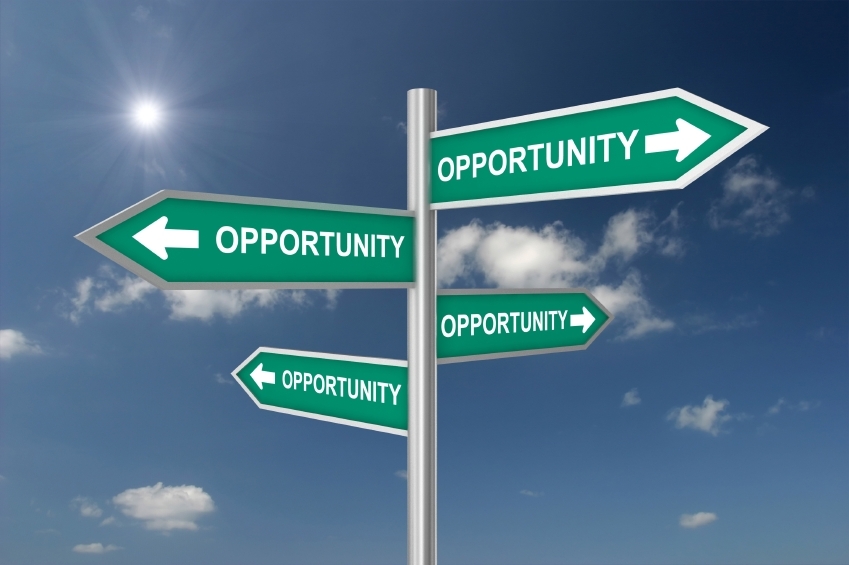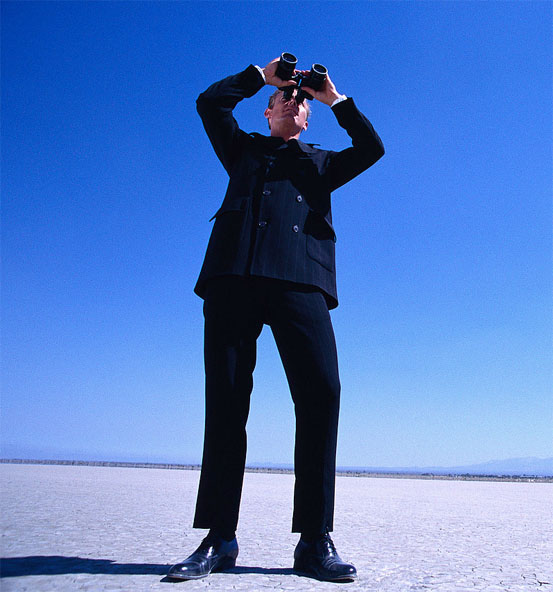Browse by Tag
- "Real" Innovation (2)
- Alignment (6)
- Business Innovation (9)
- Business Plan (2)
- Business Plans (1)
- Creativity (24)
- Critical Success Factors (4)
- Entrepreneurship (9)
- Global Competiveness (4)
- Human Side (11)
- India (1)
- Innovation (4)
- Innovation Consulting (18)
- Innovation Killers (3)
- Innovation Management (18)
- Innovation Tools (17)
- Innovation Training (24)
- Innovations (7)
- Inventions (16)
- IT Innovation (1)
- Leaders (5)
- Leadership (20)
- Leadership Development (13)
- Organizational Leadership (2)
- Organizational Strategy (20)
- Personal Values (6)
- Prediction (5)
- Strategic Innovation (38)
- strategic planning process (4)
- Strategy (3)
- Training (1)
- Vision (5)
- Weekly Dose (8)
Posts by Month
- 2014
- 2013
- 2012
- 2011
- 2010
- 2009
- 2008
- 2006
Leadership Challenge: Ban Inertia for Sustainable Organizational Health
A place of inertia; indecision, inability to act or move forward, fear of the unknown, not enough information or knowledge, resistance, a lack of direction or clarity. We've all been there at some level, at some point, be it professional, organizational, health, investments, relationships or a major purchase.
Implementing sustainable innovation in your organization where there is resistance to change is a lot like changing your diet and adopting a regular exercise program for healthier lifestyle. It makes sense, everyone sees benefits, but implementation is frustrating - our habits may not be the healthiest, but we know them and have a comfort level. We live with them daily and the surprise factor is small, until they catch up with us and a crisis ensues. In hindsight our flawed thinking and outdated strategy become glaring, and the "fix" more difficult if not improbable.
To make any type of significant progress, first there must be intent to change. Resources must be found, and time committed. The principles are fairly basic and simple, but do they all apply to you? Change demands you let go of something or take a chance in order to effect a change, which may or may not ultimately prove beneficial if you choose carelessly or hastily - change always brings risk of injury or loss as well as possibility for great benefit; two sides of the same coin.
- The issue which requires change first needs to be clearly observed and defined - critically look in the mirror and acknowledge it's time to move beyond torpor and procrastination and become more flexible, nimble, defined and stronger.
- Strategy must be timely and align with existing structure and goals - be realistic about your resources and mindset.
- Assess your options, initially scrutinizing all seemingly viable avenues, seeking other opinions and recommendations from diverse conventional and unconventional sources.
- With intent, goal, and commitment in mind, begin to design your sustainable program for ongoing organizational health.
Organizationally speaking, present barriers, opportunities, quantity and quality of knowledge, choices, focus, and risks, will define future possibilities and vision. This Contextual Canvas, is the landscape that ultimately gives rise to innovations. Expand the size of the canvas - increase your knowledge and awareness base for growth - and the probability of finding answers as to how or what is next arises.
OPPORTUNITES ARE JUST AROUND THE CORNER
Opportunities are already present within our organizations, just waiting to be discovered. Clarity is often lacking. Yet, clarity is only one half of the equation to reduce risk and uncertainty. Speed is the other half. Letting fear of risk define your innovation efforts is like snacking large at midnight - the weight goes on and more inertia sets in. Instead of playing it safe, "Play" with worthy ideas, big or small - dip the toe, eat the kale, run the 5K, experiment more and build on your insights, growing useful context.

In short, no matter the focus of your innovation, make innovation itself a core focus, with fast experimentation on a number of fronts. This will yield clarity about functional elements of your prospective solution.
Innovation requires strategic planning, alignment with core values and stakeholders, sufficient investment, continuous idea generation, continuity of effort, sustainability and above all, taking charge. Leadership commitment and skills are essential - to pursue your vision you must become proactive leaving passive acceptance of status quo behind, jumping into the lake with both feet, yet with awareness of where the shores lie, and swim like crazy.
Need more information, help or guidance? Visit our downloads page for great articles, videos and podcasts, or About Us for easy access to Strategy Development, Training & Workshops, and Customer-Centered Innovation.
Leadership role? Visit Innovation Tools.
Creating the Purple Thing that Makes Trillions
Consider the following:
- The other day in a LinkedIn discussion on creativity as a precursor to innovation, someone commented that every discussion on creativity seems to devolve into personal or pet theories on the subject.
- A recent email with some insights from the HR Management Institute's conference on "Enhancing HR as a Strategic and Transformative Business Partner in Times of Volatility and Change," admonished: "If you're not authentically engaged in the competition for talent already, there's little time to waste. Nearly three million employees voluntarily left their employer in January, the highest level since June, 2008." One conference speaker followed up with a blog on "The Top 5 signs You're already Losing the Talent War"
- FEI posits that if you attend FEI US, you will, "Walk away with the answers and motivation to lead your organization into the next 10 years." The top 3 bullet points:
- Creativity under pressure
- Finding your next trillion dollar opportunity
- Creating an environment that breeds innovation

What this means:
- There is agreement that creativity is integral to innovation but disagreement on what it is and how to keep it flowing.
- If top management has not yet removed the barriers within your organization that stifle the flow of creativity and innovation, has neglected to create a viable and sustainable culture and climate in alignment with your vision, and still needs parameters in place to find good people and sustain relationships, you are backpedaling on the back roads in the state of outdated paradigms.
- In this exponentially changing business climate, the pressure to get ahead is weighing many organizations down, while the pressure to be sustainably edgy but relevant in finding the next innovative wave puts HR, R & D, and top management in far too many meetings. How innovative is your oganization?
Getting back to creativity as the agreed upon source of innovation, would it be beneficial to take a look beyond the structure, policies, vision and existence of the organization itself? Do culture and climate for innovation support have a tough road due not only to entrenched outdated evaluation, training, and leadership models, but perhaps also factors deeper in the societal fabric?

Why is creativity elusive and the creative process so hard to define? Consider this real life scenario.
The Artist. Eschewed a guaranteed-in to Harvard Medical School in the 1960's, left Duke University behind in 3 rd year to earn a degree in American Economic History attending night school at Long Island University; then thanking them for the offer to teach, became a graphic artist to earn a living after welding sculpture after-hours at an industrial job and using old tempura to create a first painting at 26. Has donated his time over the years helping kids find art expression with drawing and sculpting with found objects. His family was stunned by his decisions. He became an artist full time at 50. When asked the question, "What do you think is the biggest obstacle to encouraging creativity?" he replied: " Hardened arteries. Society, education, and business put rules and clamps on intuitive processes. Most art education is not art, is not creative, and at worst is manipulative. The regimentation seen in business begins in the schools. Artists do survive in spite of the schools and industrial environment, but not without emotional and psychological cost. We reward manipulation, not creativity."
All of us innately have a degree of creativity regardless of how or why, and the act of creating fulfills something in us that nothing else can. The real question may be why do we seemingly lose the ability to access it, or are reluctant to acknowledge and use it? Most likely the answer is lack of opportunity, practice and support. We're much too busy actively doing things society/business tells us we should do to be a success in life. As a result, not only do we personally not have time for creative pursuits or feel guilty when we do take the time, but for most of us our jobs and careers do not reward activity that is outside of the accepted norm, and daydreaming is a big no-no, as there is not an accepted cost center code for that activity. As a result, when we are asked to be creative or desire to be, we need to relearn and remember what it is.
How do you find Innovation: 11 Practical Ideas by Jatin Desai
Start Fooling Around - A Business Guide to Innovation
How are Innovation, Creativity, Engagement, Personal and Human Values linked?
Two quotes to enjoy:
"Imagination is more important than knowledge. I never came upon my discoveries through the process of rational thinking." ~ Albert Einstein
"When I was 5 years old, my mother always told me that happiness was the key to life. When I went to school, they asked me what I wanted to be when I grew up. I wrote down 'happy'. They told me I didn't understand the assignment, and I told them they didn't understand life." ~ John Lennon

